Modern Tarot Guide: Balancing Traditional Wisdom with Rational Application

As an ancient symbolic system, tarot cards are undergoing a fascinating transformation in modern society—evolving from mystical divination tools into psychological exploration aids. This guide offers a balanced approach that honors traditional culture while embracing contemporary rational thinking.
The Multifaceted Nature of Tarot
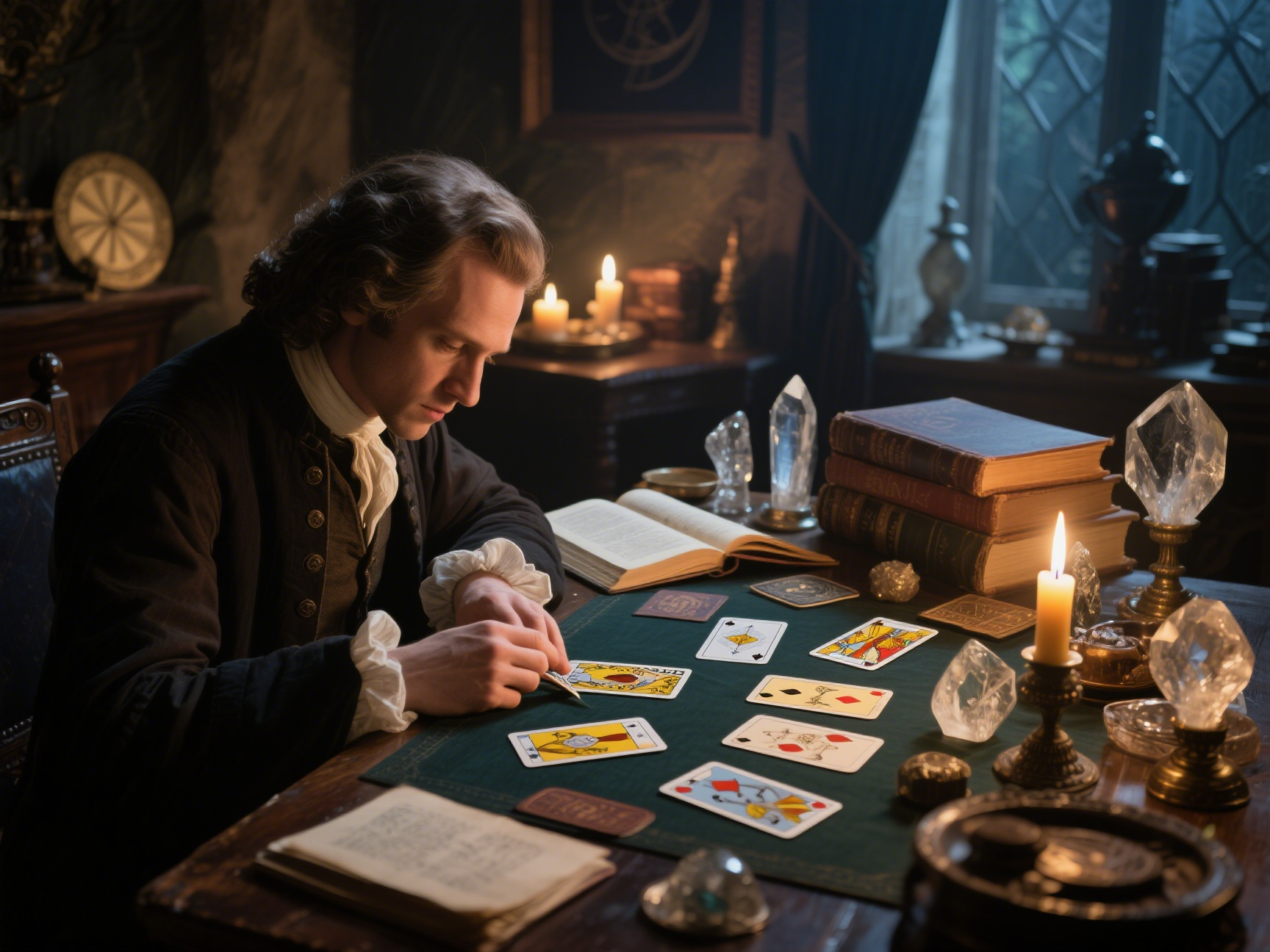
Historical Heritage
Tarot originated in 15th century Europe, initially flourishing as a card game among Italian nobility. By the 18th century, it gradually merged with esoteric studies, developing its unique symbolic framework. A standard tarot deck consists of 78 cards: 22 Major Arcana (life's significant themes) and 56 Minor Arcana (everyday life details).
Modern Applications
Today's tarot serves multiple purposes:
- Traditional Divination: Predictive applications based on intuition and symbolic interpretation
- Psychological Tool: Self-exploration, emotional processing, and decision-making support
- Creative Catalyst: Inspiration for artistic endeavors and writing projects
- Meditative Medium: Deep contemplation through imagery and symbolism
Core Principles for Tarot Use
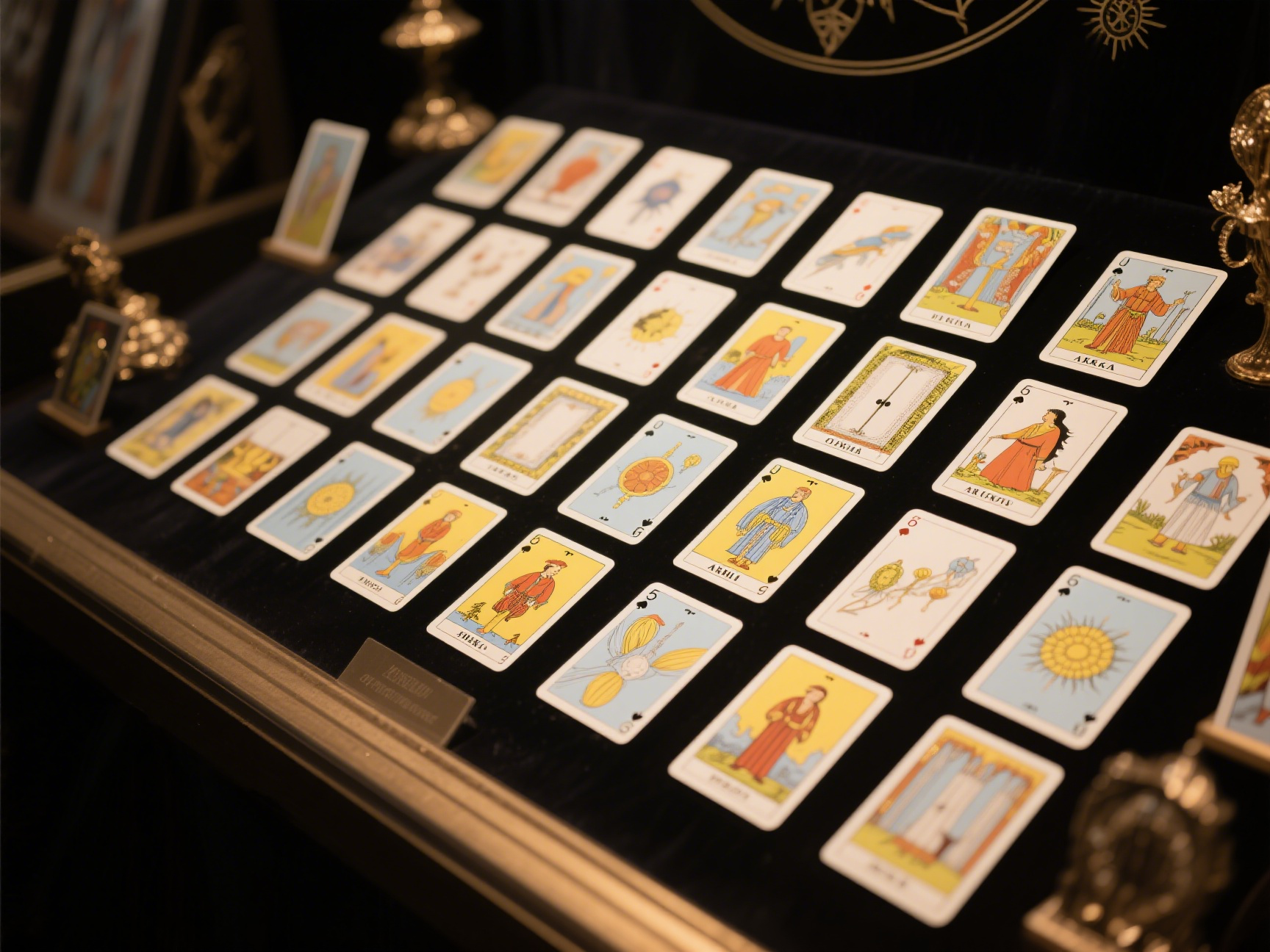
1. Sincere and Focused Approach
Whether you view tarot as a mystical tool or psychological aid, genuine intention forms the foundation. This isn't about avoiding "punishment for irreverence," but because focused attention helps you:
- Better connect with your subconscious
- Enhance perception of subtle details
- Gain more valuable insights
Practical tip: Spend a few minutes before reading to clear your mind and clarify what you genuinely want to explore.
2. Reasonable Frequency Management
Repeatedly consulting tarot about the same issue can create psychological dependency. Consider:
- Psychological perspective: Give yourself time to digest and implement previous insights
- Practical angle: Situations need sufficient time to evolve
- Recommended intervals: 2-4 weeks for major questions, shorter for daily matters
3. Question Clarity
Specific, actionable questions yield more value than vague inquiries:
- ✅ "How can I improve communication with my colleagues?"
- ❌ "What does my future hold?"
- ✅ "What aspects should I focus on in this relationship?"
- ❌ "Will we get married?"
Wise Application Scenarios
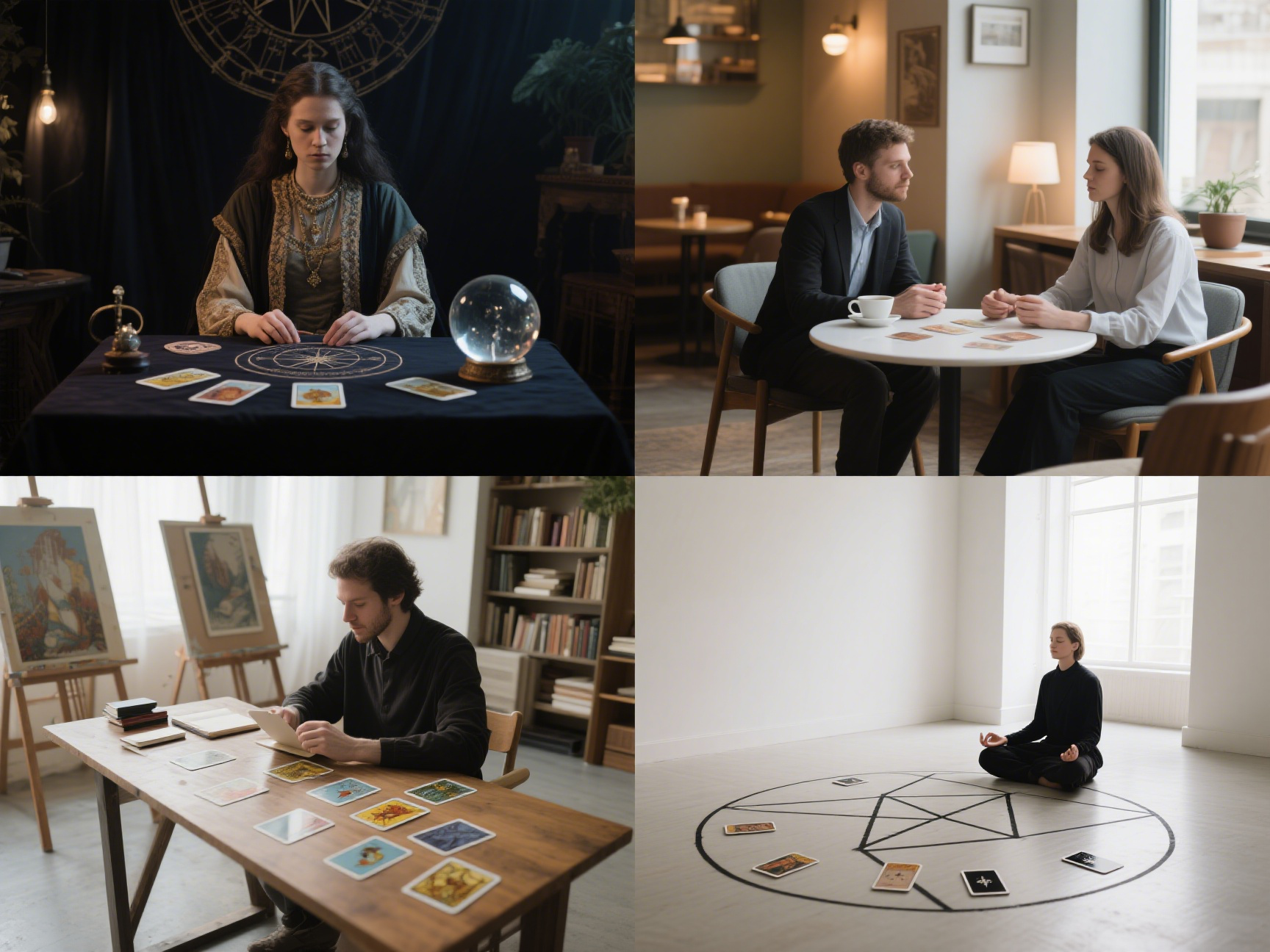
Suitable Use Cases
Self-Exploration
- Understanding inner conflicts and motivations
- Exploring career directions
- Processing emotional challenges
- Enhancing self-awareness
Decision Support
- Analyzing potential impacts of different choices
- Identifying blind spots in decision-making
- Organizing thoughts about complex situations
Creative Inspiration
- Sparking artistic creativity
- Developing writing material
- Finding fresh perspectives on problems
Areas Requiring Caution
Health and Medical Issues Tarot shouldn't replace professional medical advice. For health-related concerns:
- Use tarot as emotional support
- Focus on psychological adjustment and life attitudes
- Always consult healthcare professionals for serious health matters
Major Life Decisions For marriage, career changes, significant investments:
- Treat tarot as a thought-organizing tool, not the decision-maker
- Combine with rational analysis and practical research
- Seek multiple perspectives and professional advice
Others' Privacy
- Avoid reading about others' private matters without their consent
- Even with permission, respect privacy boundaries
- Approach relationship questions from your own perspective
Scientific and Rational Interpretation
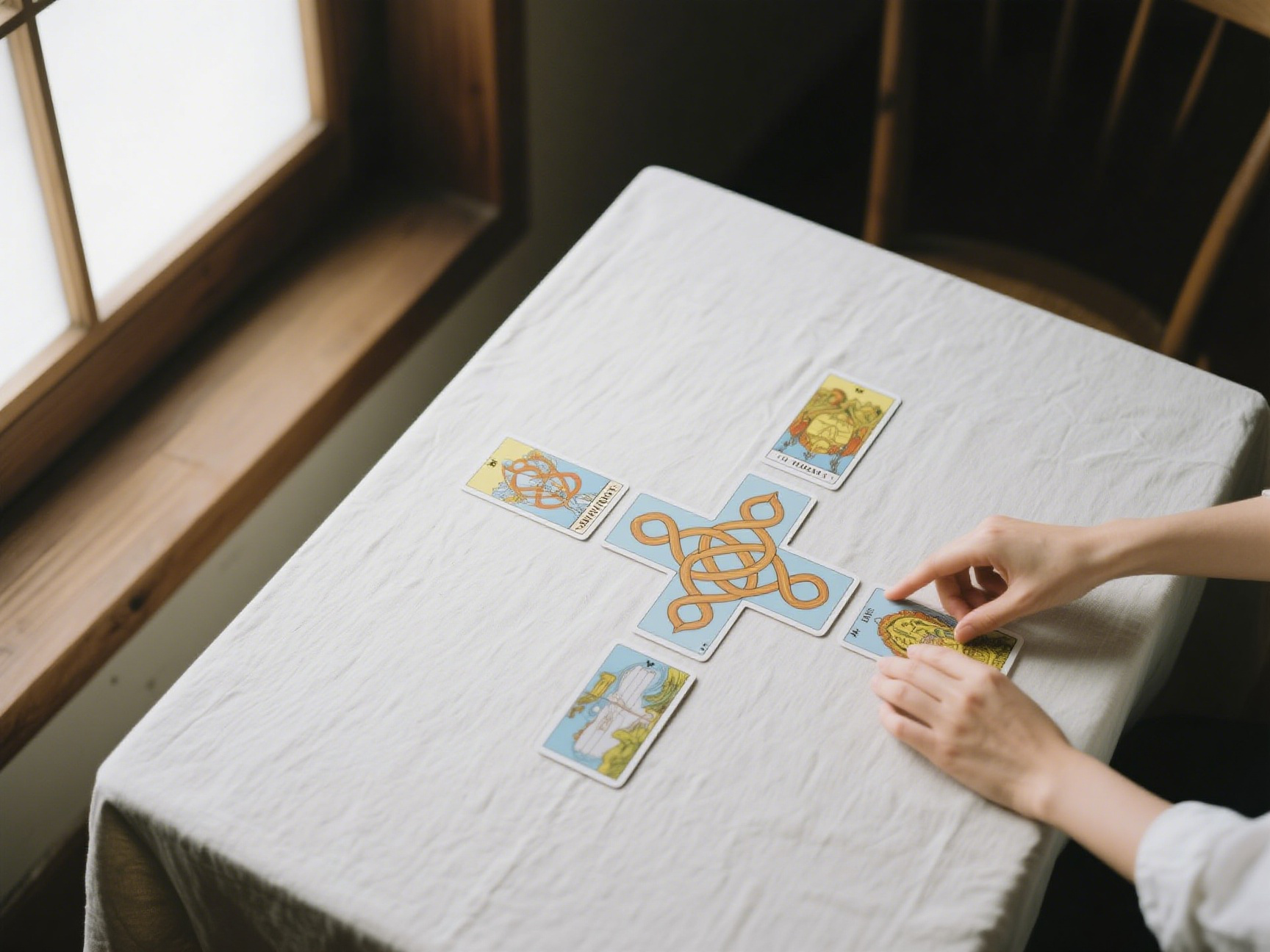
Psychological Projection Mechanism
Tarot's effectiveness largely stems from psychological projection:
- Card imagery triggers associations and intuition
- Symbolic elements help organize subconscious thoughts
- The interpretation process facilitates self-dialogue
Recognizing Cognitive Biases
Stay alert to:
- Confirmation bias: Only noticing interpretations that match expectations
- Hindsight bias: Post-hoc explanations that seem prophetic
- Ambiguity effect: Over-interpreting vague information
Constructive Application Methods
- View results as thought-provokers, not absolute prophecies
- Combine insights with rational analysis of actual circumstances
- Value the self-discovery process over specific predictions
Optimizing Environment and State
Physical Environment
- Choose quiet, comfortable spaces
- Minimize distractions and interruptions
- Create an atmosphere conducive to concentration
Mental State
- Avoid readings when extremely tired or emotionally volatile
- Maintain an open yet non-attached mindset
- Be prepared to receive unexpected insights
Cultural Respect and Personal Boundaries
Honoring Traditional Culture
Even when using tarot from a modern psychological perspective:
- Learn basic cultural background and symbolic meanings
- Avoid frivolous or mocking attitudes
- Respect different cultural interpretations
Establishing Personal Boundaries
- Clarify your purpose and expectations for using tarot
- Set reasonable frequency and scope limits
- Avoid over-dependence or obsession
Practical Operation Guidelines
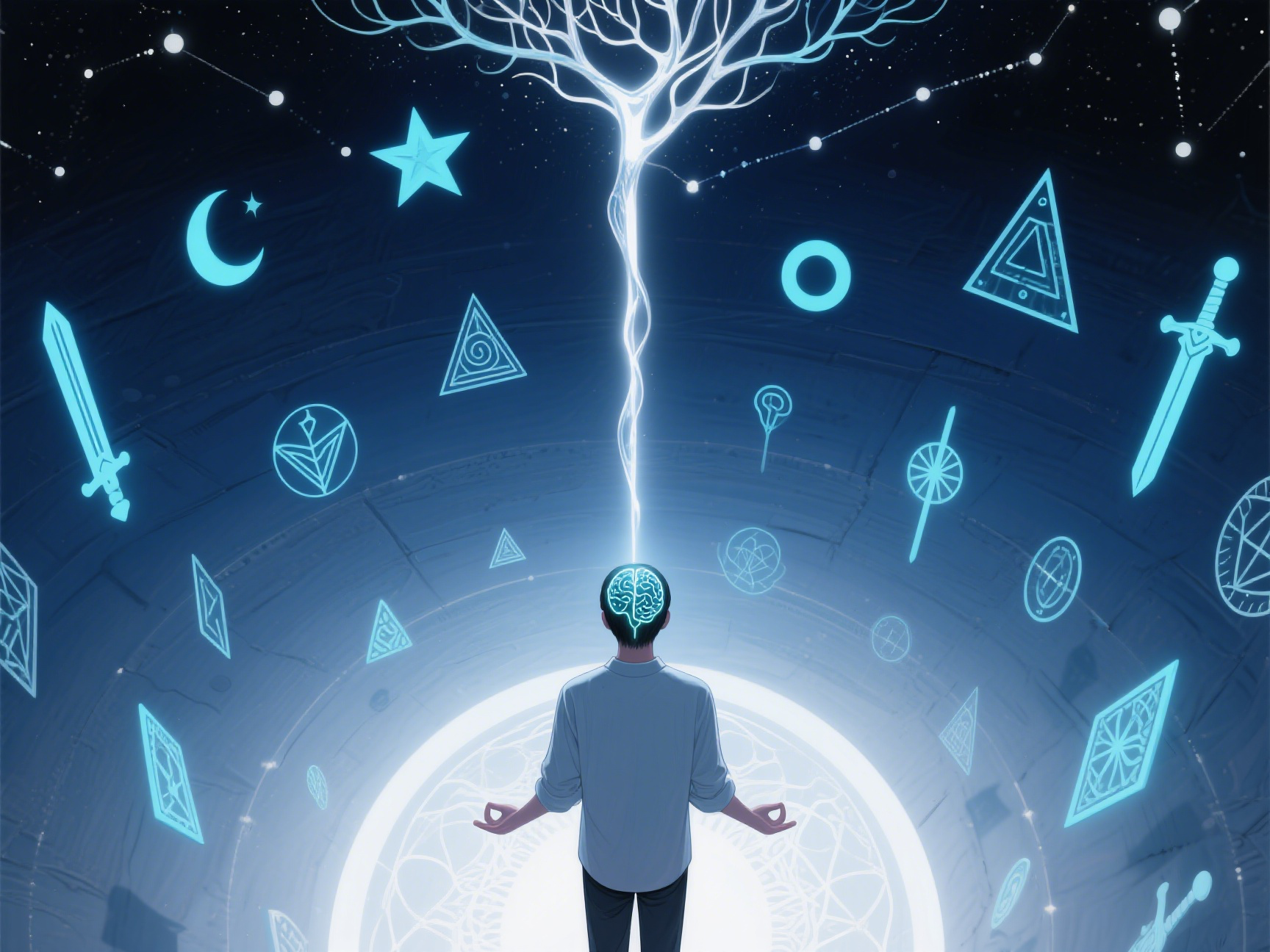
Basic Process
- Preparation: Clear your thoughts, clarify your question
- Shuffling: Focus on the question, let your subconscious participate
- Drawing and Reading: Combine intuition with rational analysis
- Summary and Reflection: Record insights, create action plans
Reading Techniques
- Observe overall impressions before analyzing details
- Notice relationships between cards
- Connect symbolic meanings with specific situations
- Trust your initial intuitive responses
Recording and Follow-up
- Document important readings and insights
- Regularly review previous records
- Observe how actual developments relate to interpretations
- Adjust your personal reading approach
Avoiding Common Pitfalls
Over-mystification
Tarot is a tool, not a deity. Avoid:
- Excessive superstition about card results
- Ignoring personal agency and free will
- Attributing all coincidences to mystical forces
Over-rationalization
Completely dismissing intuition and symbolism is equally misguided:
- Appropriately trust intuitive insights
- Value symbolic thinking
- Remain open to unknown possibilities
Conclusion
The ideal approach to tarot in modern society involves finding balance between traditional wisdom and rational thinking. It can serve as both a bridge to the subconscious and an aid to rational thought. The key lies in maintaining an attitude that's open yet not superstitious, respectful yet not blindly following, allowing this ancient symbolic system to serve contemporary life.